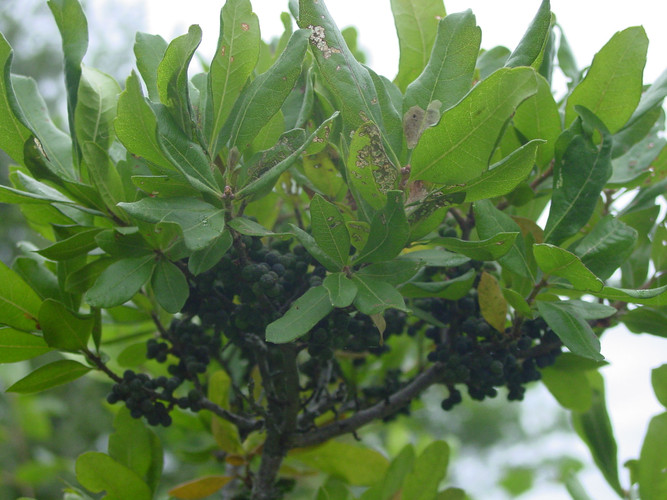Here are some Quaker-informed by-laws with which I'd like to inform World University and School. Quaker language fascinates me in its clarity and good-will. The unity idea is also unique vis-a-vis by-laws.
QEW Structure
Quaker Earthcare Witness By-laws
[By-laws approved September 30, 1989 at the FCUN Annual Meeting held at Chelsea, Michigan, amended October 10, 1998 at the FCUN Annual Meeting held at Temescal Canyon, California, amended October, 2001 at the FCUN Annual Meeting held at Hesperus, Colorado, amended October, 2003 at the Quaker Earthcare Witness Annual Meeting held at Nevada City, California, 2004 at the Quaker Earthcare Witness Annual Meeting held at Burlington, New Jersey, and amended October, 2007 at the Quaker Earthcare Witness Annual Meeting held at Burlington, Vermont.]
Name
The name of the organization is "Quaker Earthcare Witness" (formerly known as Friends Committee on Unity with Nature—FCUN)
Article I Statement of Purpose
A. We are called to live in right relationship with all Creation, recognizing that the entire world is interconnected and is a manifestation of God.
B. We work to integrate into the beliefs and practices of the Religious Society of Friends the Truth that God’s Creation is to be respected, protected, and held in reverence in its own right and the Truth that human aspirations for peace and justice depend upon restoring the Earth’s ecological integrity.
C. We promote these Truths by being patterns and examples, by communicating our message, and by providing spiritual and material support to those engaged in the compelling task of transforming our relationship with the Earth.
Article II Steering Committee
Section 1. Composition
Size
1) The Steering Committee shall have a maximum size of 50 members. There shall be two classes of members: representative members and members-at-large.
Representative Members
1) Each Yearly Meeting or similar regional association of the Religious Society of Friends within North and Central America and the Caribbean is invited to appoint not more than two representatives [or one representative and one alternate] to serve on the Steering Committee.
Members-at-Large
1) Individuals may serve on the Steering Committee as members-at-large when nominated by the Nominating Committee and approved by the Steering Committee (or Continuing Counsel Committee acting on behalf of the Steering Committee).
2) Qualifications to serve as member-at-large are:
He or she can be a recorded member or recognized participant in a Friends Meeting or other Friends organization who:
* expresses or demonstrates a commitment to Quaker Earthcare Witness’s Statement of Purpose,
* supports Quaker Earthcare Witness activities through participation, communication, and/or financial contribution, and
* relates Quaker Earthcare Witness’s goals and activities to Friends and to other religious and/or environmental organizations.
Section 2. Functions
a) The Steering Committee meets semi-annually to:
1) Attend to the activities and affairs of the organization,
2) Receive reports,
3) Approve policies and priorities,
4) Appoint a nominating committee and approve nominations,
5) Adopt a budget.
Section 3. Terms of Office
a) Members-at-large serve three-year terms with renewal of one three-year term (maximum six years, though the Steering Committee may make exceptions), beginning at the close of the Annual Meeting. Representative members serve at the pleasure of the organizations appointing them.
Section 4. Vacancies
a) Vacancies of at-large members that occur between annual meetings may be filled by the next Nominating Committee with approval of the Continuing Counsel Committee. Yearly Meetings may replace vacancies at their convenience.
Article III Meetings
Section 1. Site location and dates
a) The dates and locations of Steering Committee meetings will be announced at the Annual Meeting with details approved by the Continuing Counsel Committee. Attention shall be made to rotate the meetings across North America.
Section 2. Annual Meeting
a) The Annual Meeting of the Steering Committee shall take place in autumn, the date and place to be determined by the Steering Committee.
b) One purpose of this meeting, in addition to regular Steering Committee business, is to comply with national and state regulations requiring organizations to have at least one organizational meeting each year.
c) A second purpose is to hold an annual gathering of all interested individuals to meet with the Steering Committee to address those items listed in Article I.
d) Notice of this meeting shall be mailed to the Steering Committee members at least 60 days in advance, with the agenda made available at least 20 days in advance of the meeting.
e) The agenda shall include those items listed in Article II, Section 2. To choose a Nominating Committee, a Naming Committee shall be designated from the floor early in the Annual Meeting. The Naming Committee shall bring forward nominations for the Nominating Committee before the close of the Annual Meeting. The new Nominating Committee is charged with bringing forward nominations at the next Annual Meeting.
f) The business conducted at the Annual Meeting shall be limited to that specified in the announced agenda
Section 3. Spring meeting
a) The Steering Committee shall appoint one more meeting in the spring of each year. Notices shall be mailed to each member of the committee at least 60 days in advance.
Section 4: Special meetings
a) Special meetings of the Steering Committee may be called by the clerk or by written petition of at least 5 members of the Steering Committee. Notice of the agenda of such meetings shall be mailed to the Steering Committee at least 20 days in advance of the meeting.
Section 5. Decisions in Meetings
a) Decisions in meetings shall be made in unity after the manner of the Religious Society of Friends. Minutes of all meetings shall be recorded and kept on file. Copies shall be distributed to the members of the Steering Committee in a reasonable period of time following the meeting.
b) The business conducted at Steering Committee meetings shall be limited to that specified in the announced agenda.
Article IV. Officers
Section 1. Selection
a) The officers of the organization shall be the clerk, alternate or mentoring clerk, recording clerk, and treasurer. They shall be proposed by the Nominating Committee and approved by the Steering Committee at the Annual Meeting. The year prior to their first year as clerk, the member will serve as alternate clerk. The year following their final year as clerk, the member will serve as mentoring clerk.
Section 2. Term of Office
a) Officers are to serve one year terms beginning at the close of the Annual Meeting. The individuals serving as clerk and alternate clerk shall serve no more than two successive terms, unless it is determined by the Steering Committee that it is in the best interests of the organization to have an officer continue in their role. No individuals shall serve as recording clerk or treasurer in the same office for more than three successive terms, unless it is determined by the Steering Committee that it is in the best interests of the organization to have an officer continue in their role.
Section 3. Duties
a) The duties of the officers shall be those generally performed by such officers.
Section 4. Compensation
a) Persons shall not receive compensation for serving as officers.
Article V. Committees
Section 1. Standing Committees
a) Standing committees include the Continuing Counsel, Spiritual Nurturance, Publications, Financial, Nominating, Outreach and Personnel Committees. Standing committees are permanent committees responsible for the administrative operations and the spiritual life of Quaker Earthcare Witness.
Section 2. Function
Continuing Counsel Committee
The Continuing Counsel Committee is made up of the clerk, alternate or mentoring clerk, recording clerk, clerks or other representatives of the Spiritual Nurturance, Finance, Outreach and Nominating Committees, and the General Secretary (ex officio). The Continuing Counsel Committee will have at least one face to face meeting per year between the Annual Meeting and the Spring Meeting. It is empowered to act on behalf of the Steering Committee when the latter is not in session. The Continuing Counsel Committee shall report its actions to the next meeting of the Steering Committee.
Duties include:
* Monitor the organization’s performance and ensure the organization’s focus (and that of its staff and committees) on its Vision and Witness and its mission of outreach and connection.
* Provide oversight for committees and consult with clerks of those committees as needed.
* Provide consultative support to the clerk in planning for upcoming meetings as requested.
* Provide consultative support to the staff as requested.
* Provide to the Steering Committee a copy of the minutes of the annual face to face meeting at the Spring Meeting.
* Develop and/or review and refine proposals before presentation to the Steering Committee.
Spiritual Nurturance Committee
The Spiritual Nurturance Committee shall give continuing attention to the need for all Quaker Earthcare Witness activities to be spiritually grounded and consistent with its statement of purpose.
Publications Committee
The Publications Committee shall be responsible for implementing a policy of publications and official communications. It has oversight of the Publications Coordinator and develops and updates the job description.
Finance Committee
The Finance Committee shall consist of the Treasurer and at least two other persons from the Steering Committee. It shall recommend fiscal and accounting policy and contract terms for any salaried employee (in consultation with the Personnel Committee) and consult with the Treasurer on the preparation of the budget. The Treasurer may not serve as clerk of the committee.
Nominating Committee
The Nominating Committee shall consist of three persons each serving three-year rotating terms. Openings on the Nominating Committee shall be filled by the Steering Committee after consideration of names brought forward by the Naming Committee (see Article III, Section 2, e). The committee shall select its own clerk. The committee's function is to bring forward nominations for officers, clerks of standing committees, members-at-large of the Steering Committee, and any other positions referred to it. An annual slate of nominations is to be presented for approval at the Annual Meeting. Interim nominations may be presented for approval of the Steering Committee or Continuing Counsel Committee as needed. Members of the Nominating Committee will assist the clerks of the Standing Committees in filling their committee membership.
Outreach Committee
The Outreach Committee shall encourage individuals and groups to support Quaker Earthcare Witness through participation, communication, and/or financial contributions; maintain records of known supporters; and assist Quaker Earthcare Witness committees and staff to stay in communication with them. The Outreach Committee shall have responsibility for the programmatic activities of the organization.
Personnel Committee
The Personnel Committee has oversight of the General Secretary and other office personnel. (The Publications Coordinator is under the oversight of the Publications Committee.) It develops and updates personnel policies, reviews all the staff and recommends salary and benefits to the Finance Committee.
h) Other Committees
Other committees may be established as needed.
Section 2. Clerks of Standing Committees
a) Clerk's Term of Office—Committee clerks shall be Steering Committee members nominated by the Nominating Committee and approved by the Steering Committee. Clerks will be appointed for two year terms, not normally to exceed three successive terms.
b) Establishment of Committee Memberships—Clerks of the standing committees will appoint the members of their committees with the assistance of the members of the committees and the Nominating Committee as needed.
Section 3. Working Groups, Projects or Concern Committees
a) Working Group, Projects or Concern Committees are committees that have concrete, ongoing programs but do not directly support the administrative operations or the spiritual life of Quaker Earthcare Witness. At the 2007 Annual Session, existing working groups included the Ann Kriebel/San Luis Project and Sustainability: Faith & Action.
b) An individual or group of Steering Committee member(s) with a leading or concern may submit a written proposal with a budget request and recommended term to the Steering Committee, or the Continuing Counsel Committee when the Steering Committee is not in session, to establish a new Working Group, Project, or Concern Committee. The Steering Committee shall approve the proposal.
c) Members of the Working Group, Project, or Concern Committee and a convener will be named by the Nominating Committee and approved by the Steering Committee, or the Continuing Counsel Committee if the Steering Committee is not in session. The Clerk shall be a Steering Committee member nominated by the Nominating Committee and approved by the Steering Committee.
d) A Working Group, Project or Concern Committee may request Steering Committee approval to raise its own funds instead of drawing funds from the general operating budget.
e) At the end of the initial term (and each subsequent term) the Working Group, Project or Concern Committee shall ask the Steering Committee for approval of a term extension or to be laid down.
Section 4. Ad Hoc Committees
a) Ad Hoc Committees shall be those committees that are established for specific, short term purposes.
b) An ad hoc committee shall be created by the Steering Committee or the Continuing Counsel Committee when the Steering Committee is not in session, with budget requirements and term length.
c) Members of the ad hoc committee and a convener will be named by the Nominating Committee and approved by the Steering Committee, or the Continuing Counsel Committee if the Steering Committee is not in session. At least one member of the ad hoc committee shall be a member of the Steering Committee.
d) During its first meeting the ad hoc committee shall name its own clerk. The clerk is not required to be a Steering Committee member.
e) At the end of the initial term (and each subsequent term) the ad hoc committee shall ask the Steering Committee for approval of a term extension or to be laid down.
Article VI Representatives to Friends Committee on National Legislation
Section 1. Function
a) Up to three members of the Steering Committee shall serve as representatives to Friends Committee on National Legislation.
Section 2. Selection
a) Each year at the Spring Session, the Nominating Committee shall name and the Steering Committee shall approve a representative to the Friends Committee on National Legislation. Each representative shall serve a three year term and shall serve no more than two successive terms, unless it is determined by the Steering Committee that it is in the best interests of the organization to have the representative continue in that role.
Article VII Fiscal Matters
Section 1. Assets
a) The assets of this organization are irrevocably dedicated to educational and religious purposes. On the termination of this organization, its assets after payment of all debts and liabilities shall be transferred to a non-profit educational or religious organization of similar concern or intent.
Section 2. Expenditures
a) All checks, drafts, demands for money and notes of the organization shall be signed in the name of the organization by the treasurer and/or such officer, officers, agent or agents as the Steering Committee may designate. Unbudgeted expenditures up to $300 may be paid by the treasurer with approval of the clerk. All other unbudgeted expenditures must be approved by the Continuing Counsel Committee.
Section 3. Fiscal Year
a) The fiscal year shall begin on the first day of November (beginning in 2005).
Article VIII Amendments to the By-laws
Section 1. Amendments
a) These by-laws may be amended at the Annual Meeting of the Steering Committee. Details of any proposed changes to the by-laws shall have been mailed to the members of the Steering Committee thirty days prior to the Annual Meeting.
*
I'm most interested in Harbin and nontheistically Friendly {
en.wikipedia.org/wiki/Nontheist_Friend} processes, emerging in a way out of the Friend's ways which inform the above by-laws:
A nontheist Friend or an atheist Quaker is someone who affiliates with, identifies with, engages in and/or affirms Quaker practices and processes, but who does not accept a belief in a theistic understanding of God, a Supreme Being, the divine, the soul or the supernatural. Like theistic Friends, nontheist Friends are actively interested in realizing centered peace, simplicity, integrity, community, equality, love, happiness and justice in the Society of Friends and beyond.
Friends have recently begun to examine actively the significance of nontheistic beliefs in the Society of Friends, in the tradition of seeking truth among friends. Non-theism among Quakers probably dates to the 1930s, when some Quakers in California branched off to form the Humanist Society of Friends (today part of the American Humanist Association), and when Henry Cadbury professed agnosticism in a 1936 lecture to Harvard Divinity School students [1]. The term "non-theistic" was first written in a Quaker publication in 1952 on conscientious objection [2]. As early as 1976, Friends General Conference Gathering hosted a well-attended Workshop for Nontheistic Friends (Quakers). [3]
The main nontheist Friends' website [1] is one significant site for this conversation, as are nontheist Quaker study groups. Os Cresson began a recent consideration of this issue from behaviorist, natural history, materialist and environmentalist perspectives. See Roots and Flowers of Quaker Nontheism [2] for one history. Friendly nontheism also draws on Quaker humanist and universalist traditions. The book Godless for God's Sake: Nontheism in Contemporary Quakerism [4] offers recent, critical contributions by Quakers. Some Friends are not only actively engaging the implications of human evolution, cognitive anthropology, evolutionary psychology, bodymind questions (esp. the 'relaxation response' [5][6]), primatology, evolutionary history, evolutionary biology and biology in terms of Quaker nontheism, but also consensus decision-making.
Nontheist Friends are a group of individuals, many of whom are affiliated or actively involved in the unprogrammed tradition in Quakerism. Friendly nontheists are attempting sympathetically to generate conversation with others who are more comfortable with the traditional and often reiterated language of Quakerism. Questioning theism, they wish to examine whether the experience of the reality of direct and ongoing inspiration from God ("waiting in the Light") - "So wait upon God in that which is pure. ..." [7] - which some Quaker traditions see as informing Silent Meeting and Meeting for Business, for example, might be understood and embraced with different metaphors, language and discourse.

.jpg)

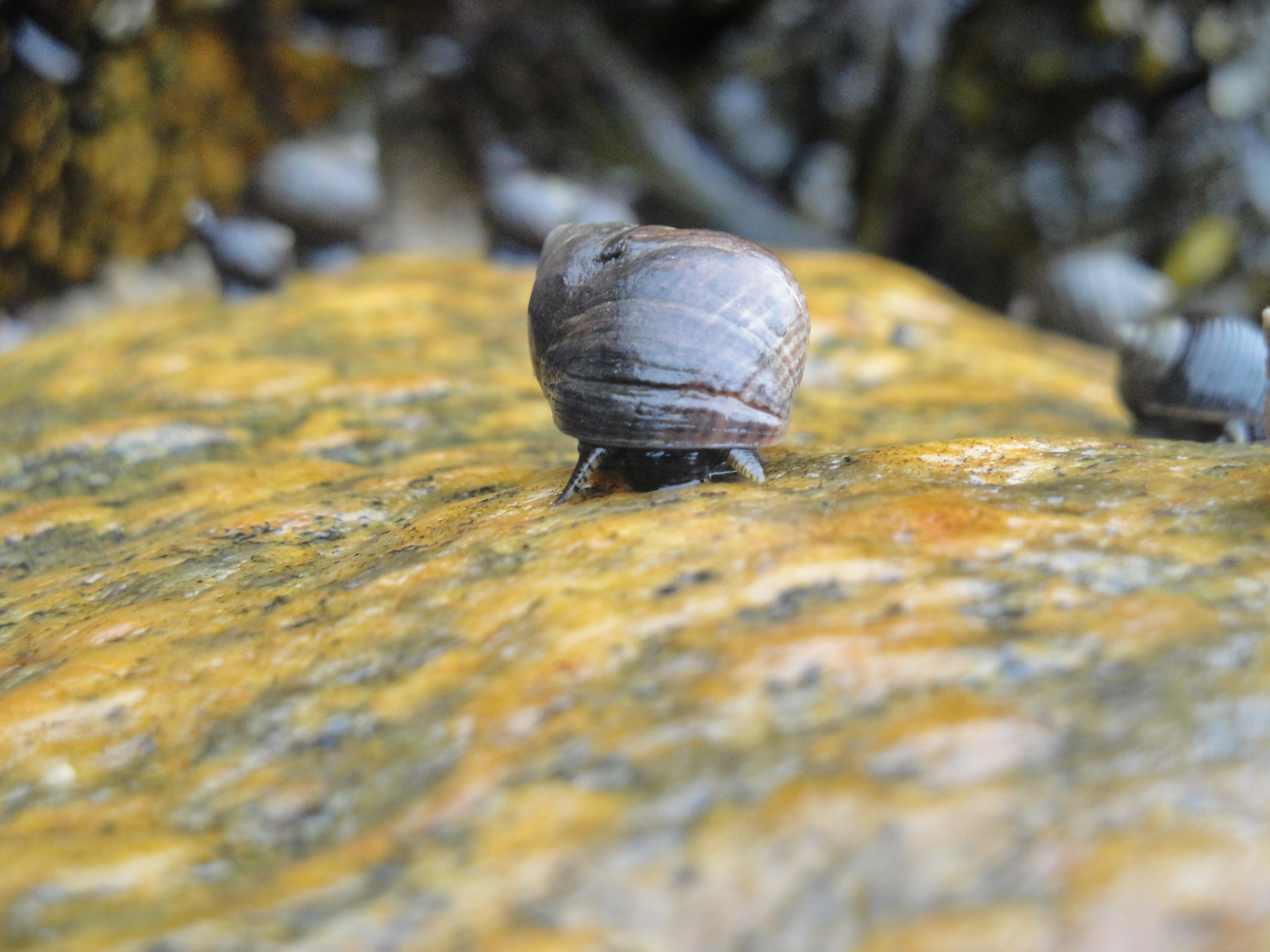
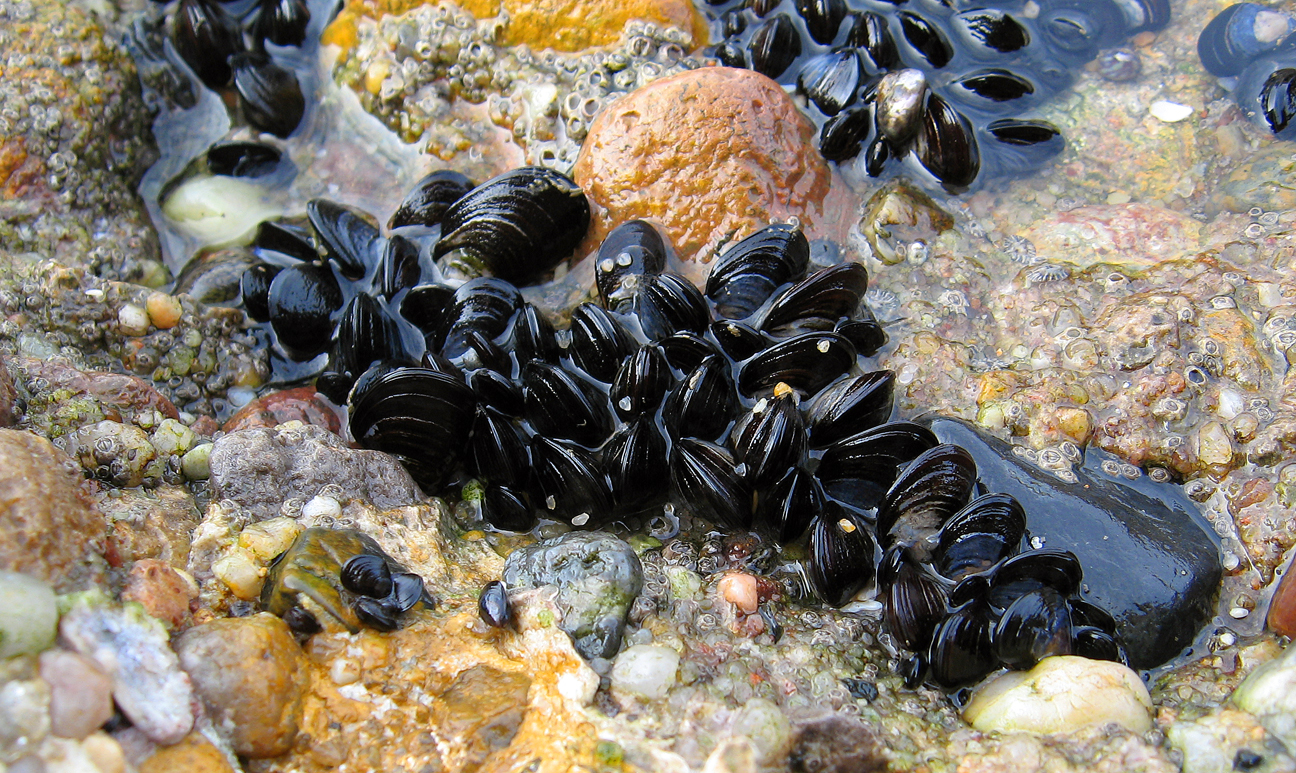


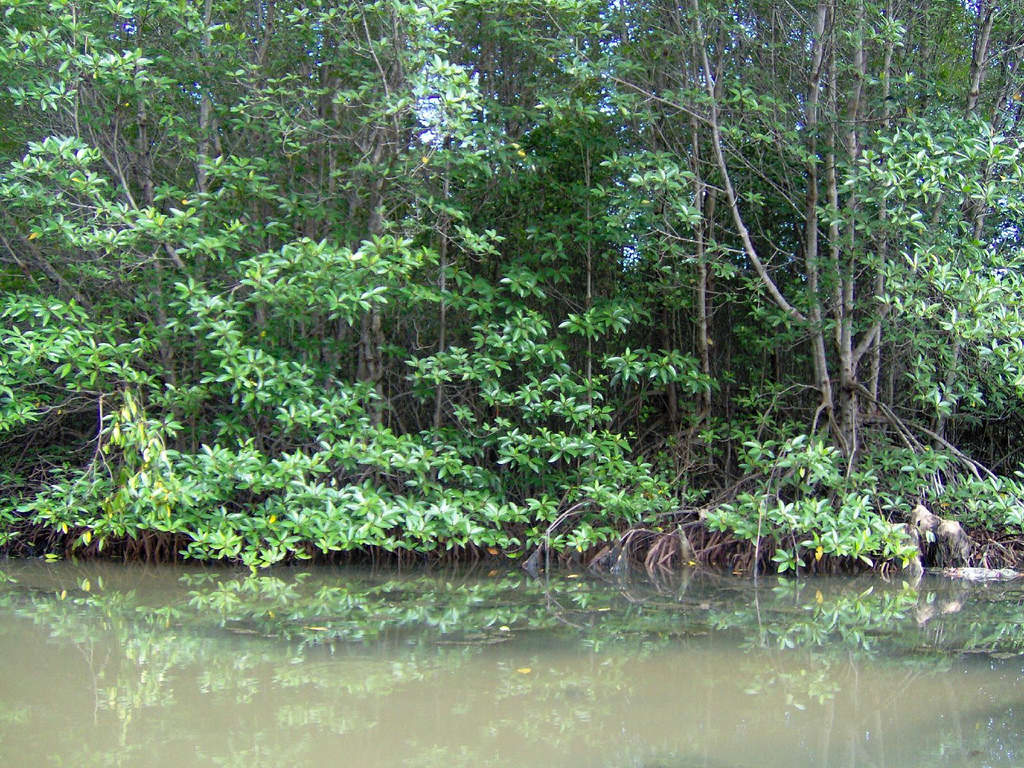
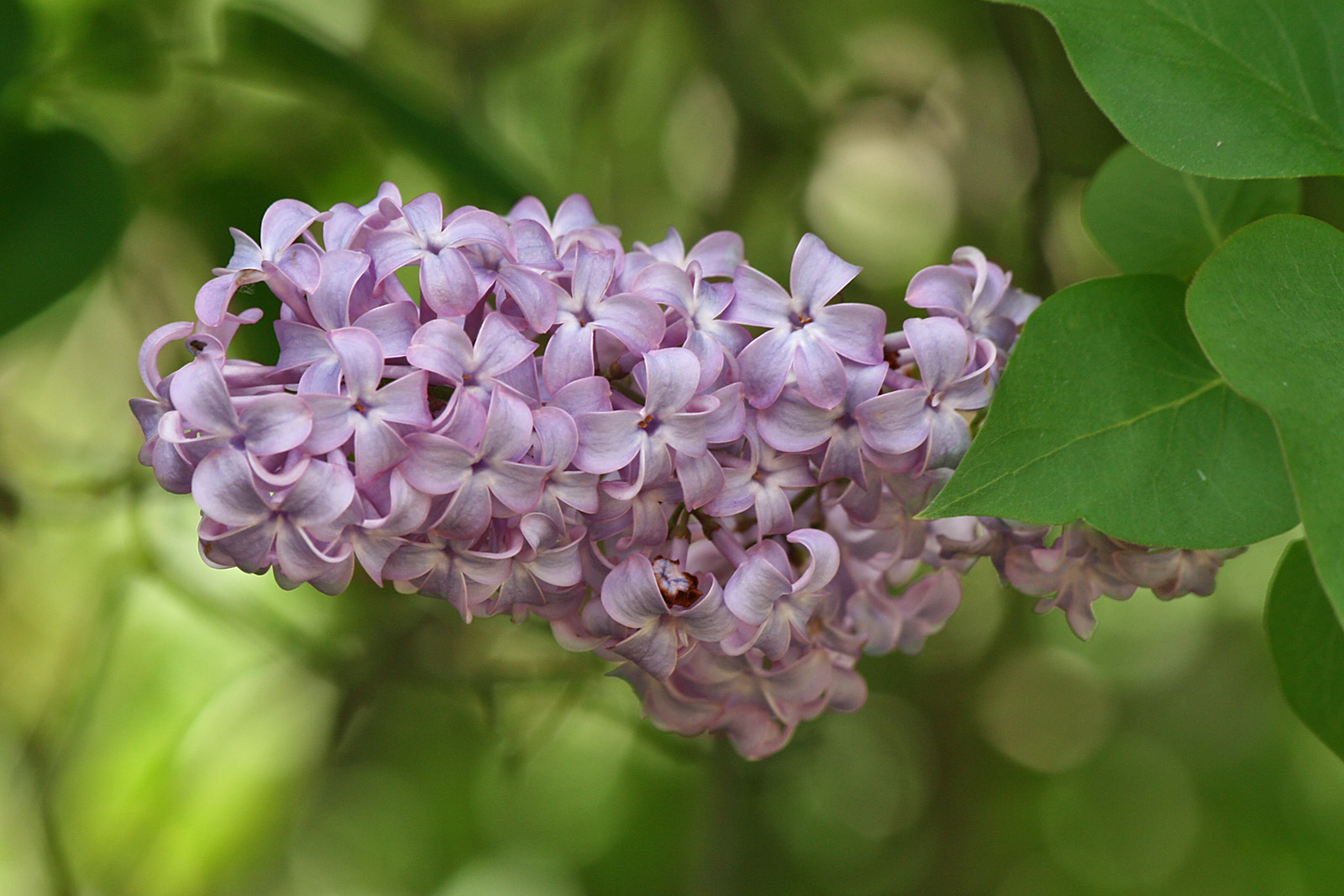
_attached_to_a_Strombus_alatus_shell_(Cayo_Costa_Island%2C_USA)_12_(26049947665).jpg)
